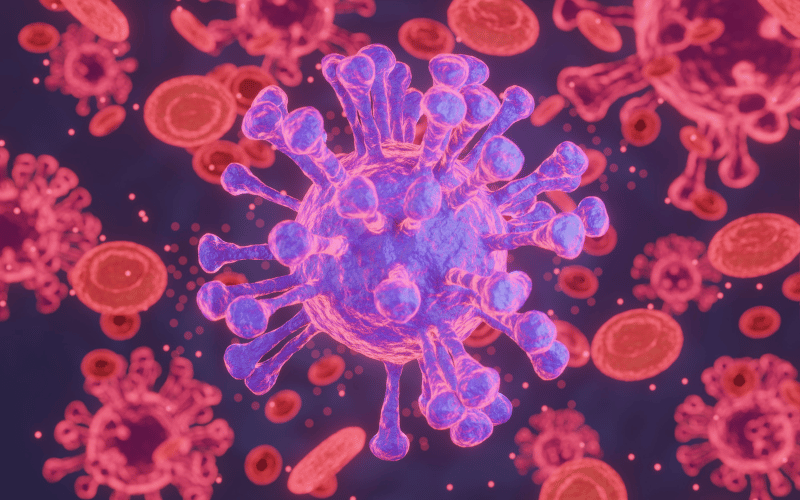Symptom 10: Secondary Bacterial Infection

As if dealing with the herpetic whitlow wasn’t challenging enough, there’s another potential complication lurking around the corner: a secondary bacterial infection. The skin, our first line of defense against pathogens, gets compromised by the herpes simplex virus, making it more susceptible to bacterial invaders.
The fluid-filled blisters, characteristic of herpetic whitlow, can sometimes rupture. This breach in the skin’s defense, combined with the existing inflammation and moisture, creates a conducive environment for bacteria, often present on our skin or in the environment, to penetrate and set up an infection.
A secondary bacterial infection can present with increased redness, warmth, pus formation, and even a foul odor. The pain might intensify, and the already inflamed area can become more swollen. In some cases, one might even notice a yellowish crust forming over the lesion, signaling a bacterial presence.
It’s a double whammy. The body, already grappling with the herpes simplex virus, now has to fend off a bacterial invasion. This dual infection can extend the healing time, make the symptoms more severe, and requires a nuanced treatment approach targeting both pathogens. (10)